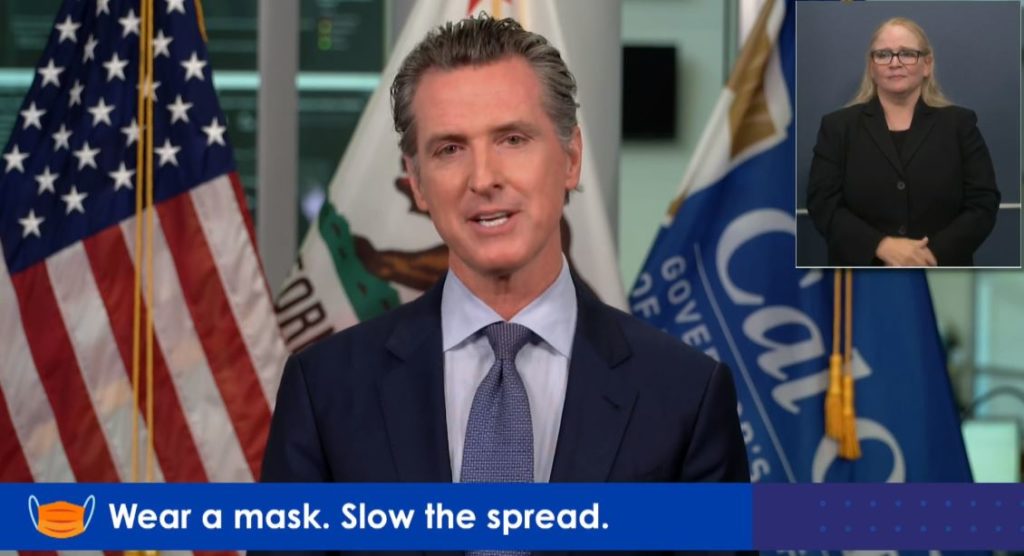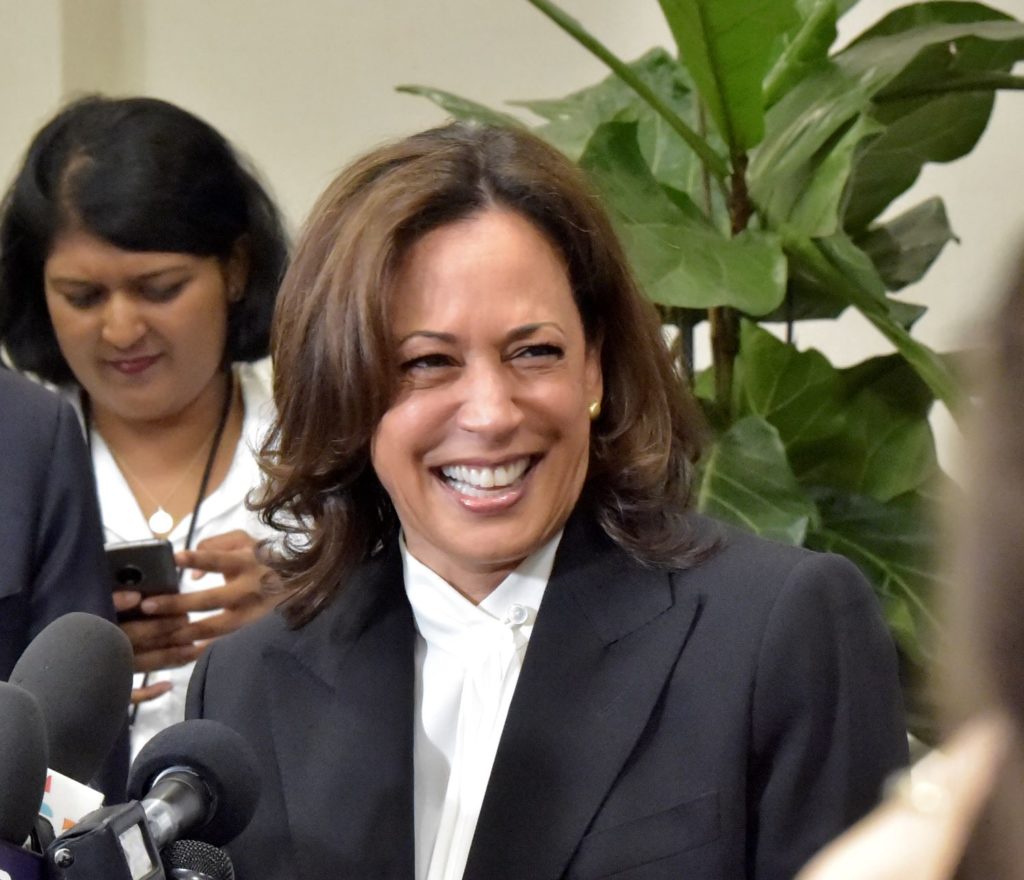
During Monday’s press conference, Governor Gavin Newsom said the state would face “massive” budget cuts if the state implements President Trump’s plan for unemployment, as outlined in an executive order signed Saturday. Under the president’s plan, states would have to provide $100 of a $400 supplemental weekly unemployment benefit, a decrease from the extra $600 people were receiving prior to the benefit expiring at the end of July.
“The state does not have an identified resource of $700 million per week that we haven’t already obliged,” Newsom said. “There is no money sitting in the piggy bank of the previous CARES Act to be reprioritized or reconstituted for this purpose.”
The governor said the state would need to make cuts elsewhere to come up with a quarter of the funding for the supplemental unemployment payments.
Treasury Secretary Steve Mnuchin has indicated that states could use unspent funds from March’s CARES Act to cover the unemployment costs, claiming that a quarter of the funds have not been spent. However, Newsom said 75% of that funding is already gone and being used to fund schools, health, and other social programs in response to the pandemic.
Based on Department of Labor guidance obtained by CNBC, states “could count the first $100 they pay in unemployment benefits toward their share, thereby reducing the total extra amount to $300.”
Newsom and other governors across the country have aired their frustrations. On Monday the National Governors Association called on Congress to reach a compromise on a new coronavirus relief package. “The best way forward is for the Congress and the Administration to get back to the negotiating table and come up with a workable solution, which should provide meaningful additional relief for American families. NGA has requested $500 billion in unrestricted state aid and NGA continues to urge Congress and the White House to reach a quick resolution to provide immediate assistance to unemployed Americans. This resolution should avoid new administrative and fiscal burdens on states. It is essential that our federal partners work together to find common ground to help restore our nation’s health and protect our economy.”
Whether governors will get the $500 billion they are asking for remains unclear as the president has characterized the notion as a “bailout” for blue states. White House Press Secretary Kayleigh McEnany reiterated the sentiment Monday. “The president’s always been clear here that he wants to support state and local governments but only for COVID-related matters, and he doesn’t want to bail out blue states that had structural problems long before this,” she said.
Questions have also risen as to the legality of the president’s executive orders. According to reporting from Vox, “Although one provision of the Stafford Act allows the president to ‘provide financial assistance’ to disaster victims with relatively few restrictions, a separate provision only permits the president to provide benefits to the unemployed that do ‘not exceed the maximum weekly amount authorized under the unemployment compensation law of the State in which the disaster occurred.’ But the whole point of the enhanced unemployment benefits is to provide additional funding on top of the amount authorized by state law.”
Andrew Rudalevige, chair of the Department of Government and Legal Studies at Bowdoin College, raised questions of constitutionality with NPR as the unemployment benefits are “really using appropriated funds by Congress in ways that Congress might not have intended.” Federal spending is a control reserved for Congress.
Even some republicans have raised concerns. U.S. Senator Ben Sasse of Nebraska, a member of both the Senate Judiciary and Finance committees, wrote: “President Trump does not have the power to unilaterally rewrite the payroll tax law. Under the Constitution, that power belongs to the American people acting through their members of Congress.”
Whether or not lawmakers pursue legal action, people will likely not see this extra money this month. State unemployment systems “have to develop the accounting system to recognize what mechanism the state is using to provide that $100,” Wayne Vroman, a benefits expert at the Urban Institute, told The Hill. Andrew Stettner, senior fellow at The Century Foundation, told CBS News states might not be able to distribute the money until September.






